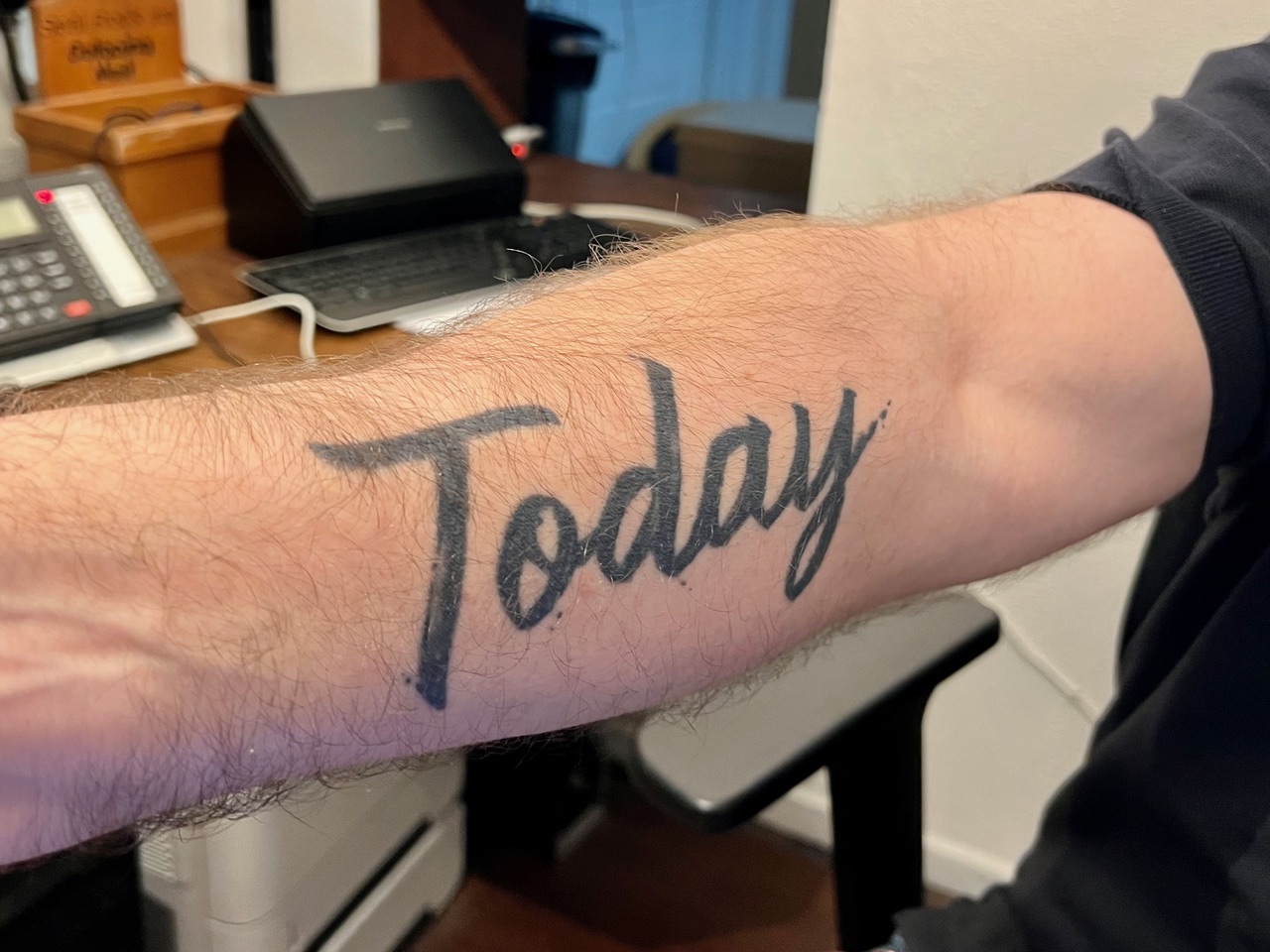
“When I was young I thought that money was the most important thing in life;
now that I am old I know that it is.” ~Oscar Wilde
- Wealth is the ability to fully experience life.
We BreakAway artists advocate saving money and taking temporary retirement occasionally throughout your life—rather than waiting until your final years—even if it means working a few years longer before closing time. Most anyone can get excited about this idea. Few, however, can prudently pay for it.
Tragically, few will be able to afford perma-retirement either. And that applies particularly to Baby Boomers. All 76 million of us—many of whom have already begun (or delayed) our proverbial walk into the sunset. A recent article from the local paper’s special section, “The Good Life,” paints ugly pictures of stormy sunsets.
As always, research findings will vary. But in this case, the storyline remains consistent regardless of which digits you dig into. Consider these estimates from The National Institute on Retirement Security (NIRS) or the Employee Benefit Research Institute (EBRI)…
2/3 of households 55-64 (pre-retirees) have savings equal or less than their annual income
1/3 have no savings at all
The second study (EBRI) offers more optimism, but still stings…
57% of boomers are prepared to support themselves at their current standard of living
43% are not
The outlook darkens for various groups, including women, people with serious health concerns, and minorities. And as for young people? Their future looks potentially rosier—because though they’ve also set aside little, they have more time to save. (Do you think they will?)
- A dearth of bucks, but ample blame to go around
So how did we get here? After all, the current retired generation lives richly in comparison. Blame the death of the pension—which assured retirees a steady stream of income. Blame the rise of the self-funded, tax-free plans—which force folks to cut their income to save (or not). Blame the merciless markets of, oh, the last 28 years or so: Black Monday (1987); global crashes (late 1990s); the tech bubble bursting (2000); 9-11 (2001); the Great Recession (2007-09).
Not only has this unprecedented market mayhem repeatedly shattered nest-eggs, but it’s made would-be investors pull out at lows and forever fear investing. You can’t make money without stashing cash, embracing risk, and letting time work its magic.
The blame game never ends. Stagnant or decreasing wages (some say since the 1970s) means that even responsible, two-income families can be stretched. Income inequality continues to worsen, with the top 5% of Americans now controlling 54% of the assets, while the bottom 50% has 3% (NIRS). That’s rough, if not unethical. But nobody seems to want to do anything about it. We could go on and on.
- Is a crisis (rather than nice walks on the beach) on the horizon?
Funny. We’ve heard a lot of grousing about the impending student loan bubble fallout. Everyone (particularly politicians) likes to gripe about Social Security and other entitlements going broke. A few of us (like myself) like to point out the mind-boggling materialism wave that has inspired us all to “need” so many things that our grandparents had never heard of to the point that shopping is a popular pastime and Goodwills turn down donations.
I mean, go to a high school with 50% free lunch and most students somehow enjoy the latest iPhone, fancy sneakers and hairdos, and of-the-moment duds. They may be hungry, and their abode may be cold. But most got stuff. Expensive stuff.
In the American household, meanwhile, there may be no retirement plan. But the place is probably abundant with cable plans, wifi plans, cellphone plans, laptops, kitchen gadgetry, recreational gear, monster media systems, late-model cars, and more (including, of course, debt).
I don’t know who pays for it all, or how. I don’t know how my fellow Boomers are going to fare in their golden (raven?) years. I do believe in market forces that somehow, gradually, fix things (sometimes). But I also know those markets can be ruthless and wrong. And they don’t really care about people, individuals—not even if millions of elder-Americans end up living in poverty. Markets care about money.
Money. Numbers on paper or puter screens. We call the category of this post “Spendology.” But perhaps “Saveology” would better fit today’s topic. Wouldn’t it be great if everyone could save enough to take just one three-month sabbatical in their life?
Wouldn’t it be even better if everyone could save enough to enjoy several years of relaxing retirement?
Good luck with that.
 Bored? Burned-out? Over-booked? Give yourself a daily BreakAway and try something new TODAY!
Bored? Burned-out? Over-booked? Give yourself a daily BreakAway and try something new TODAY!


 Are ‘kids these days’ lazy, entitled, and floating? Or are they truly having a hard time finding financial independence? To find out, jump in and read on…
Are ‘kids these days’ lazy, entitled, and floating? Or are they truly having a hard time finding financial independence? To find out, jump in and read on…  Why is that bucolic scene sitting empty? Because Americans are refusing to take their time—vacation time, sick time, family leave time, PTO, etc!
Why is that bucolic scene sitting empty? Because Americans are refusing to take their time—vacation time, sick time, family leave time, PTO, etc! 






















